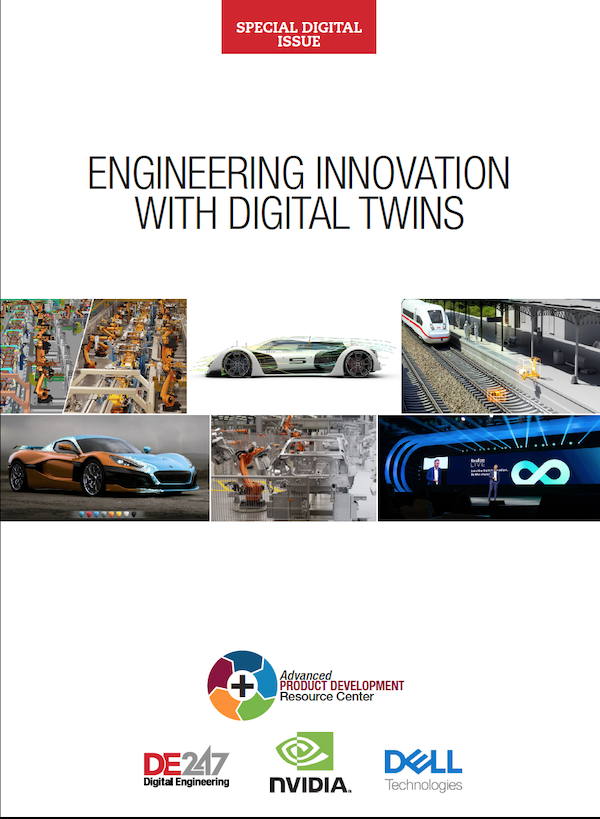Digital Twin Consortium Announces Digital Twin System Interoperability Framework
The framework characterizes the multiple facets of system interoperability based on seven key concepts to create complex systems that interoperate at scale.
Latest News
December 7, 2021
Digital Twin Consortium (DTC) unveiles the Digital Twin System Interoperability Framework. The framework characterizes the multiple facets of system interoperability based on seven key concepts to create complex systems that interoperate at scale, according to the Consortium.
“Interoperability is critical to enable digital twins to process information from heterogeneous systems. The Digital Twin System Interoperability Framework seeks to address this challenge by facilitating complex system of systems interactions. Examples include scaling a smart building to a smart city to an entire country, or an assembly line to a factory to a global supply chain network,” says Dan Isaacs, CTO, Digital Twin Consortium.
The seven key concepts of the DTC Digital Twin System Interoperability Framework are:
- System-Centric Design—enables collaboration across and within disciplines—mechanical, electronic, and software—creating systems of systems within a domain and across multiple domains.
- Model-Based Approach—with millions and billions of interconnections implemented daily, designers can codify, standardize, identify, and reuse models in various use cases in the field.
- Holistic Information Flow—facilitates an understanding of the real world for optimal decision-making, where the “world” can be a building, utility, city, country, or other dynamic environment.
- State-Based Interactions—the state of an entity (system) encompasses all the entity's static and dynamic attribute values at a point in time.
- Federated Repositories—optimal decision-making requires accessing and correlating distributed, heterogeneous information across multiple dimensions of a digital twin, spanning time and lifecycle.
- Actionable Information—ensures that information exchanged between constituent systems enables effective action.
- Scalable Mechanisms—ensures interoperability mechanism(s) are inherently scalable from the simplest interoperation of two systems to the interoperability of a dynamic coalition of distributed, autonomous and heterogeneous systems within a complex and global ecosystem.
“The Digital Twin System Interoperability Framework enables USB-type compatibility and ease for all systems connected to the Internet and private networks, which until now, has been the domain of system integrators,” said Anto Budiardjo, CEO, Padi.io. “This means system integrators can concentrate on designing applications rather than point-to-point integrations.”
“A key objective of this framework is to help unify nascent ecosystems of high-value, multi-vendor services that can seamlessly plug into a multi-dimensional, interoperable system of systems,” said Doug Migliori, Global Field CTO, CloudBlue. “We invite you to review, challenge, refine, and adopt this framework.”
Click on the hyperlink Digital Twin System Interoperability Framework for the list of authors and contributors. For more information about the framework, watch the webinar: How System Interoperability Empowers Digital Twins, and read the Digital Reflections blog: The Need for a Simple Scalable System Interoperability Mechanism.
Sources: Press materials received from the company and additional information gleaned from the company’s website.
Subscribe to our FREE magazine, FREE email newsletters or both!
Latest News
About the Author
DE’s editors contribute news and new product announcements to Digital Engineering.
Press releases may be sent to them via DE-Editors@digitaleng.news.






